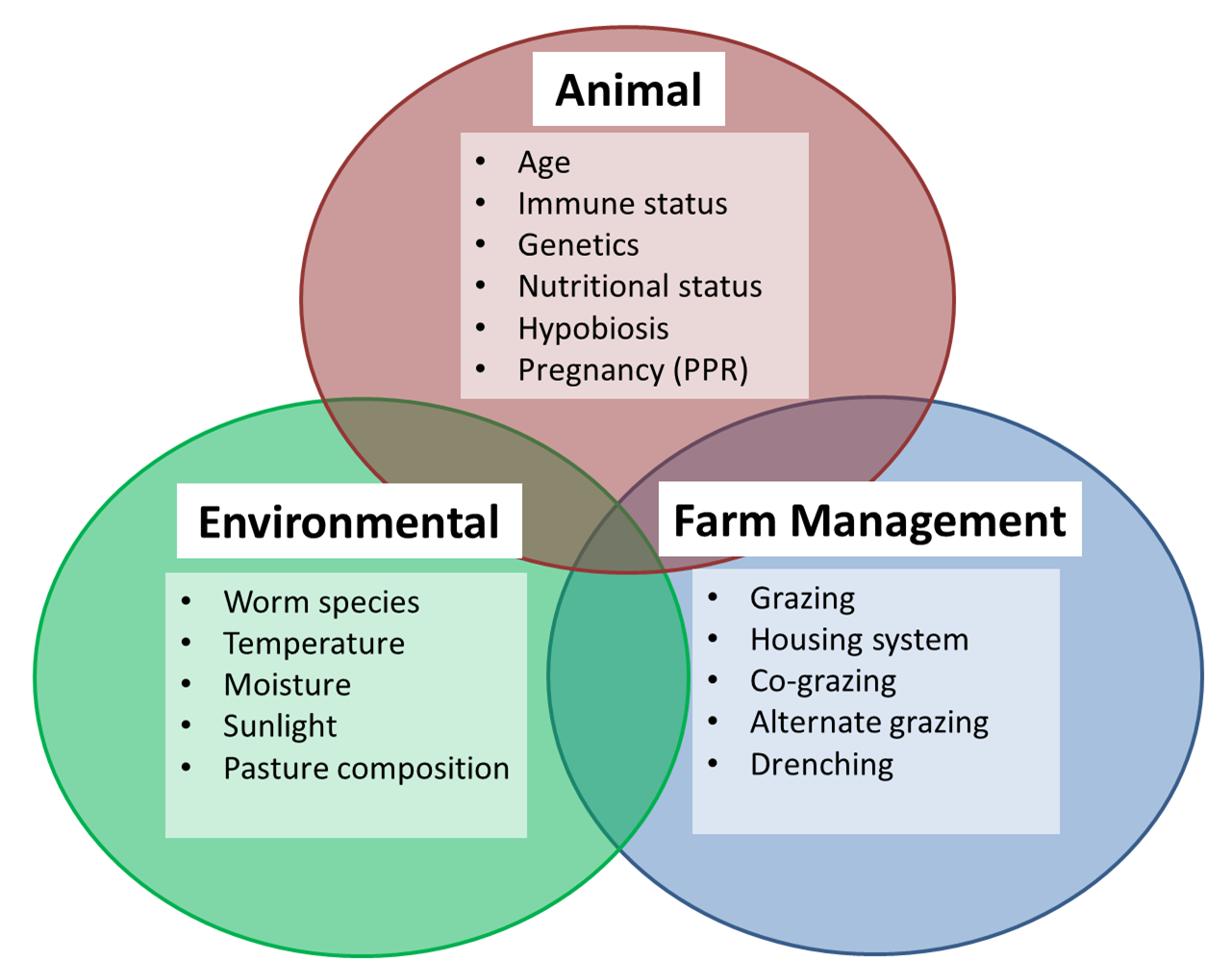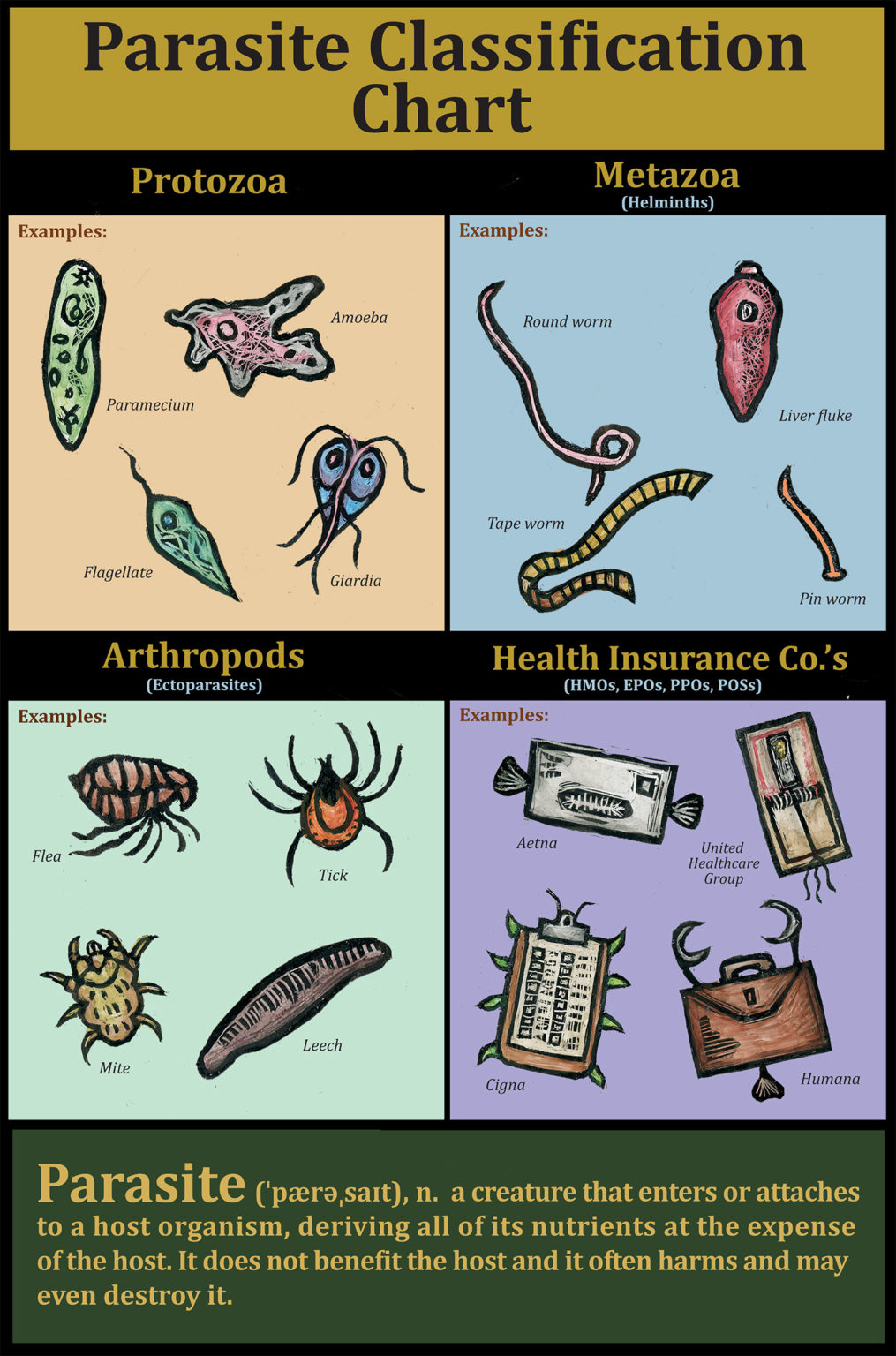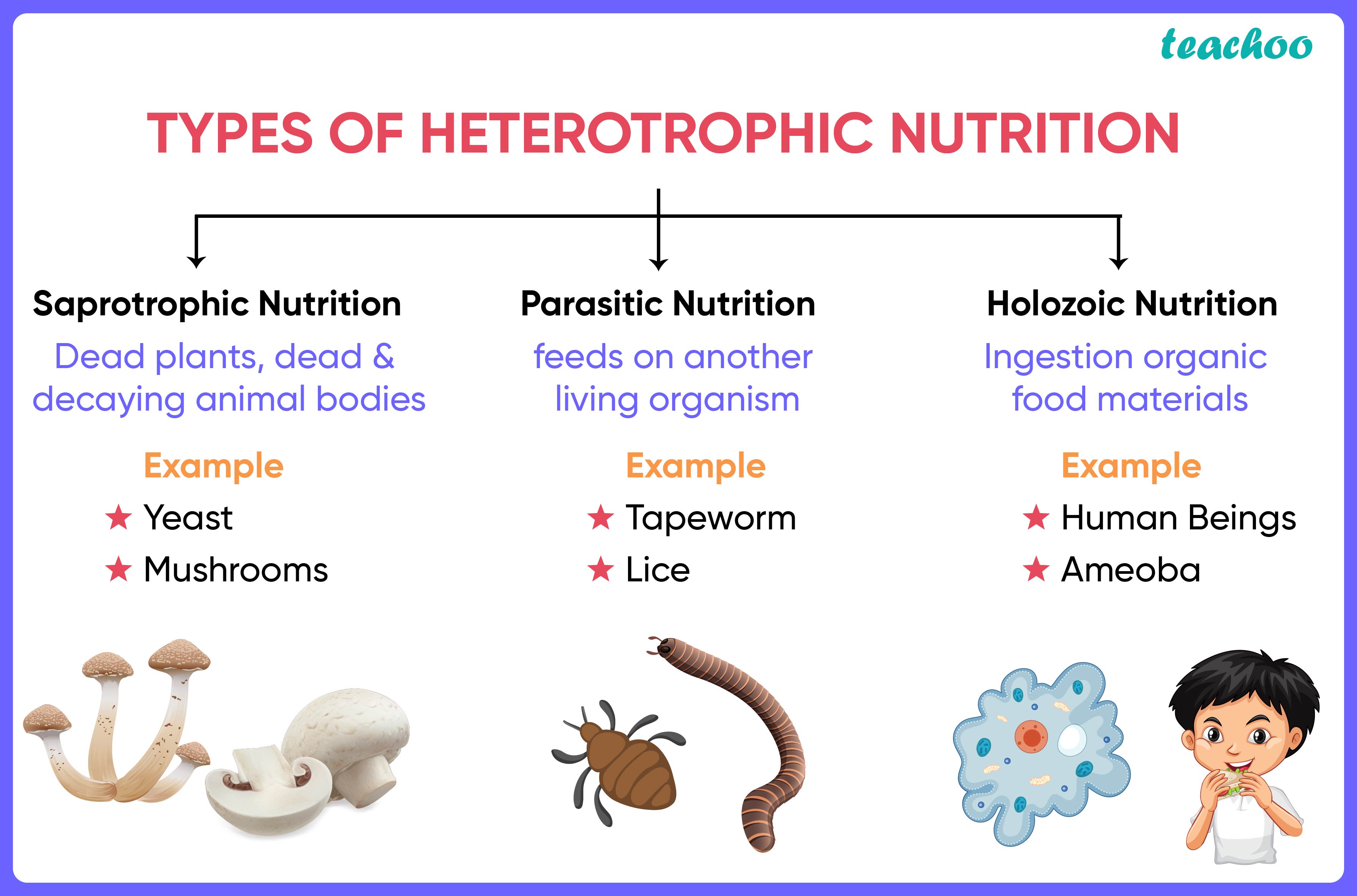
Parasitic plants—A CuRe for what ails thee Science
Secondly, in terms of the nutritional cost of an infection to a parasitised host. Thirdly, in terms of the feeding, nutrition and metabolism of parasites. Finally, in terms of damage to the tissues of the host caused by parasites. Two other sections deal briefly with the transmission of parasites in food and the effects of food on parasites.

PARASITIC ROOTS YouTube
Solution Parasitic Nutrition Parasitic Nutrition is a mode of heterotrophic nutrition where an organism (known as a parasite) lives on the body surface or inside the body of another type of organism (known as a host). The parasite obtains nutrition directly from the body of the host.

Top 125 + Parasitic nutrition in animals examples
Autotrophic - Plants exhibit autotrophic nutrition and are called primary producers. Plants synthesis their food by using light, carbon dioxide and water. Heterotrophic - Both animals and human beings are called heterotrophs, as they depend on plants for their food. Also Refer: Different Modes Of Nutrition in Living Organisms.

PPT Modes of Nutrition PowerPoint Presentation, free download ID2959529
Important What do you mean by parasitic nutrition? You are here Difference between saprophytes and parasites. Name one organism, each having saprophytic, parasitic and holozoic mode of nutrition. Important Write one similarity and one difference between the mode of nutrition in amoeba and human beings. Important What is chyme?

Farm Health Online Animal Health and Welfare Knowledge Hub Parasitic Gastroenteritis in
Nutrition of parasitic protozoa: The mechanisms used by parasitic protozoa are almost are similar to that of their non-parasitic protozoa. Parasites inhabiting the intestine and blood have a distinct mouth through which food particles are ingested through the process of phagotrophy. The osmotrophic forms of protozoa are either coelozoic or.

Parasites Classification Chart Poster Art for Social Justice Ricardo Levins Morales
Parasitism is a kind of symbiosis, a close and persistent long-term biological interaction between a parasite and its host. Unlike saprotrophs, parasites feed on living hosts, though some parasitic fungi, for instance, may continue to feed on hosts they have killed.

Parasitic Nutrition Biological Terminology Presented on Red Colour Covering Text Form Stock
Parasitic nutrition is a mode of heterotrophic nutrition where a parasitic organism lives on the body surface or inside the body of another type of organism (a host) and gets nutrition directly from the body of the host. Since these parasites derive nourishment from their host, this symbiotic interaction is often harmful to the host.

CBSE notes for biology class 7 nutrition in plants
The following points highlight the seven important modes of nutrition in Protozoa. The modes are: 1. Holozoic or Zoo-Trophic Nutrition 2. Pinocytosis 3. Autotrophic or Holophytic Nutrition 4. Saprozoic Nutrition 5. Parasitic Nutrition 6. Coprozoic Nutrition 7. Mixotrophic Nutrition. Nutrition: Mode # 1. Holozoic or Zoo-Trophic Nutrition: Majority of Protozoa nutrite holozoically, i.e., like.

PPT Nutrition PowerPoint Presentation, free download ID1273391
1. Introduction. Intestinal parasitic infections are among the most common infectious diseases, affecting approximately 3.5 billion people every year and causing more than 450 million health problems, including diarrhoea, abdominal pain, undernutrition, general malaise and weakness, and impaired growth and physical development [1,2,3,4,5].Over 267 million preschool-age and 568 million school.

Parasitic and Saprophytic Nutrition, biology Lecture Sabaq.pk YouTube
Helminth Infection and Metabolic Diseases. It is estimated that one third of the world's population is infected with parasitic helminths with the greatest burden in underdeveloped nations particularly Nigeria and the Congo ().Nutrients are cofactors and activators for the developing immune system and malnutrition as well as bacterial co-infections are frequent in these developing areas and.

Describe parasitic nutrition.! No spam Brainly.in
Metabolism. Protists exhibit many forms of nutrition and may be aerobic or anaerobic. Protists that store energy by photosynthesis belong to a group of photoautotrophs and are characterized by the presence of chloroplasts. Other protists are heterotrophic and consume organic materials (such as other organisms) to obtain nutrition. Amoebas and some other heterotrophic protist species ingest.

[MCQ] Name organism, each having saprophytic, parasitic & holozoic
Get Ad-free version of Teachoo for ₹ 999 ₹499 per month. Heterotrophic mode of nutrition is further divided into 4 types: Parasitic Nutrition. Insectivorous Nutrition. Saprotrophic Nutrition. Symbiotic Nutrition.

Mode of Nutrition in Fungi Saprophytic, Parasitic, Symbiotic and Predatory YouTube
Review the below Heterotrophic nutrition diagram how autotrophs produce food and heterotrophs use them as food to survive.. Parasitic Nutrition; Saprophytic nutrition: Organisms receive nutrients from dead and decomposing organic substances in this way of nutrition. Saprophytes are the name given to these creatures. Yeast is an example.

What Type of Parasites do You Have?
Solution Parasitic nutrition: It is a type of heterotrophic nutrition. It is a type of nutrition in which organisms live on or inside the bodies of their hosts and feed on them. The parasite is the organism that obtains the food, and the host is the organism from which the food is taken. Example - lice on humans and ticks on dogs

Body Harvest — Parasitic Slavery Audio CD
Fungal and bacterial saprotrophs are referred to as saprophyte, while animal saprotrophs are called as saprozoites. Parasites are organisms, that live in or on other living organisms (called as the host) generally receiving shelter and deriving nutrients from it. The parasites may cause harm to the host plant. Thus, the correct options ae A and C.

NutritionThe Food Supplying System//Parasitic Nutrition in Cuscuta//10th class Biology Lessons
This kind of nutrition is found mainly in non-parasitic animals—simple ones like Amoeba and complex ones like human beings. How Organisms Obtain Nutrition: Different organisms obtain food in different ways. Nutrition in unicellular organisms, like Amoeba, involves ingestion by the cell surface, digestion and egestion.